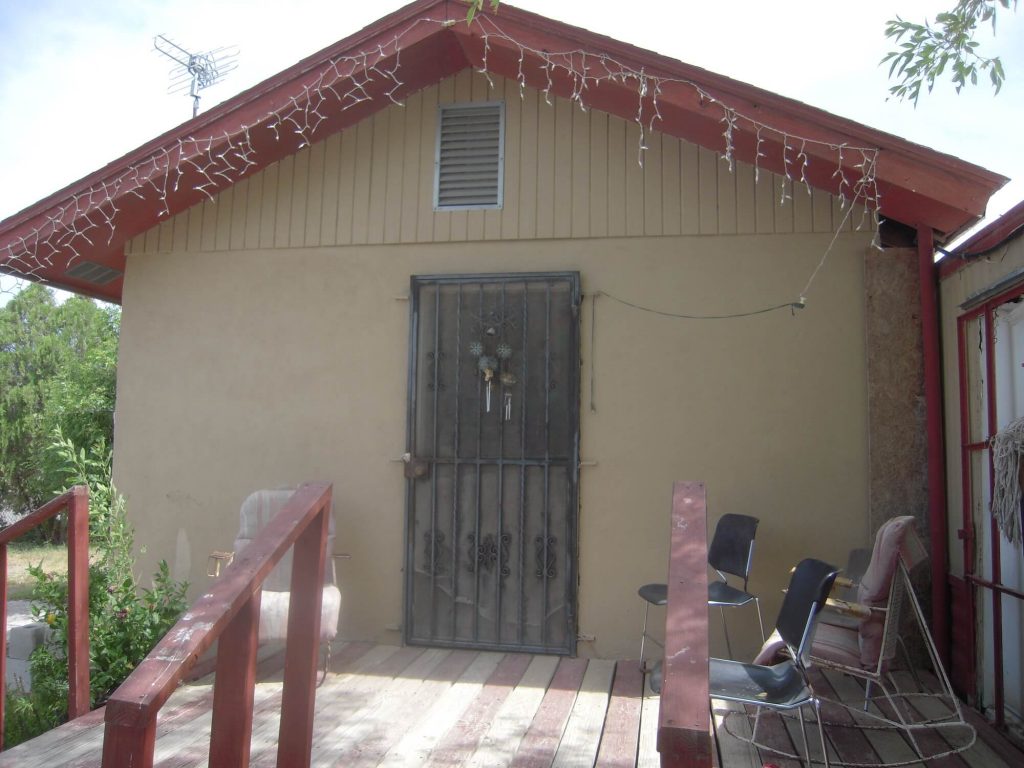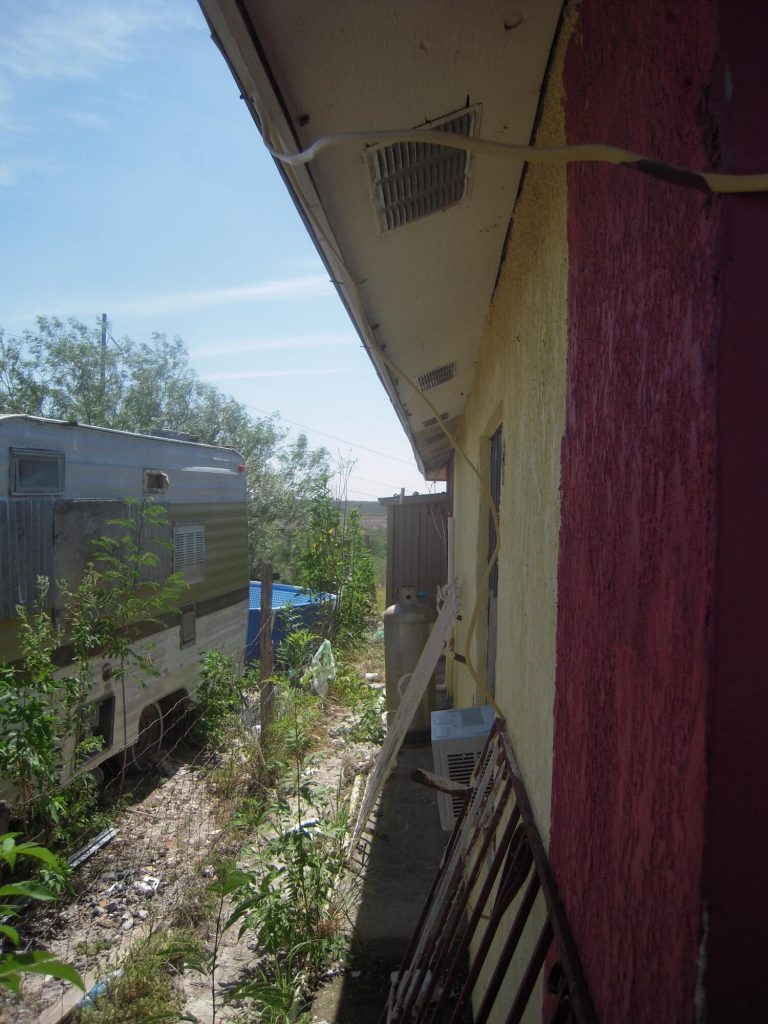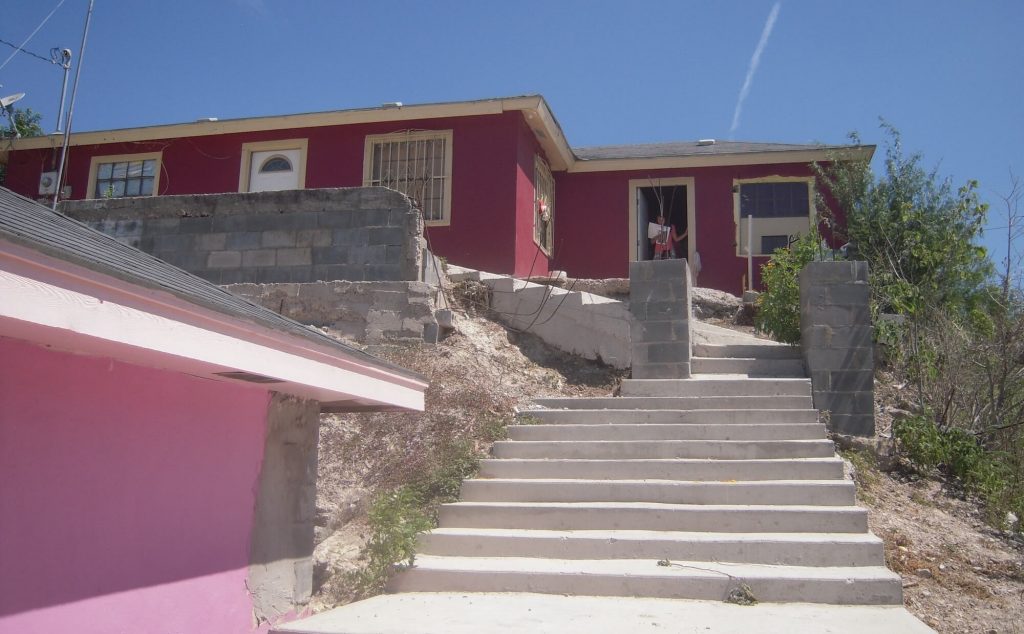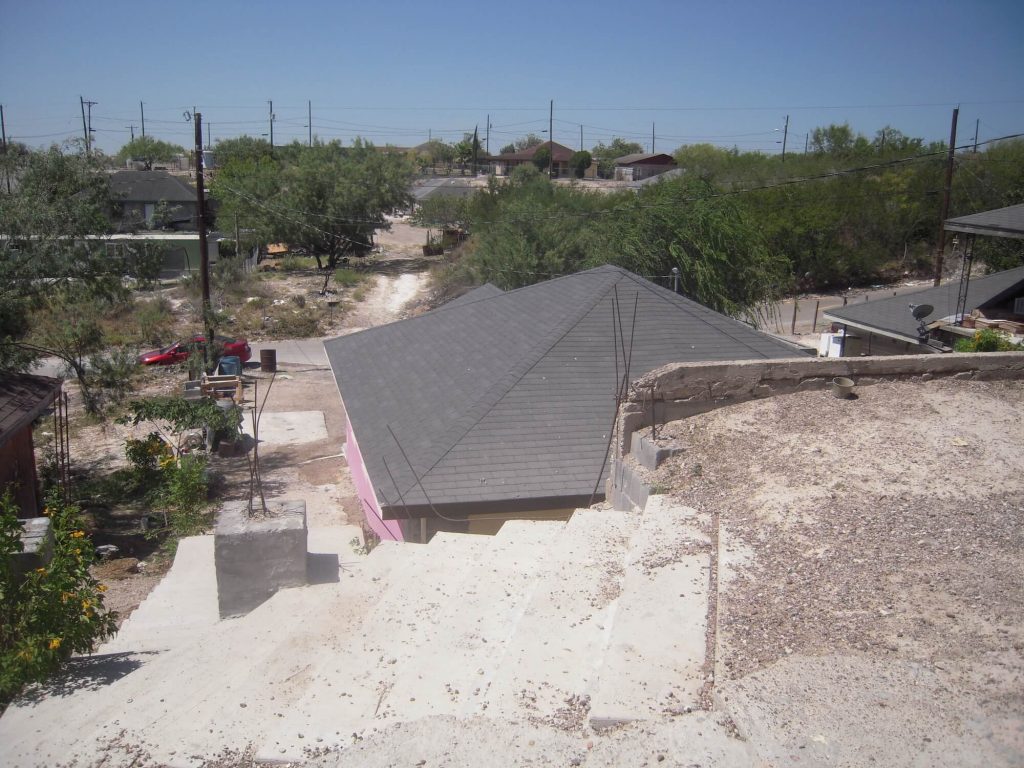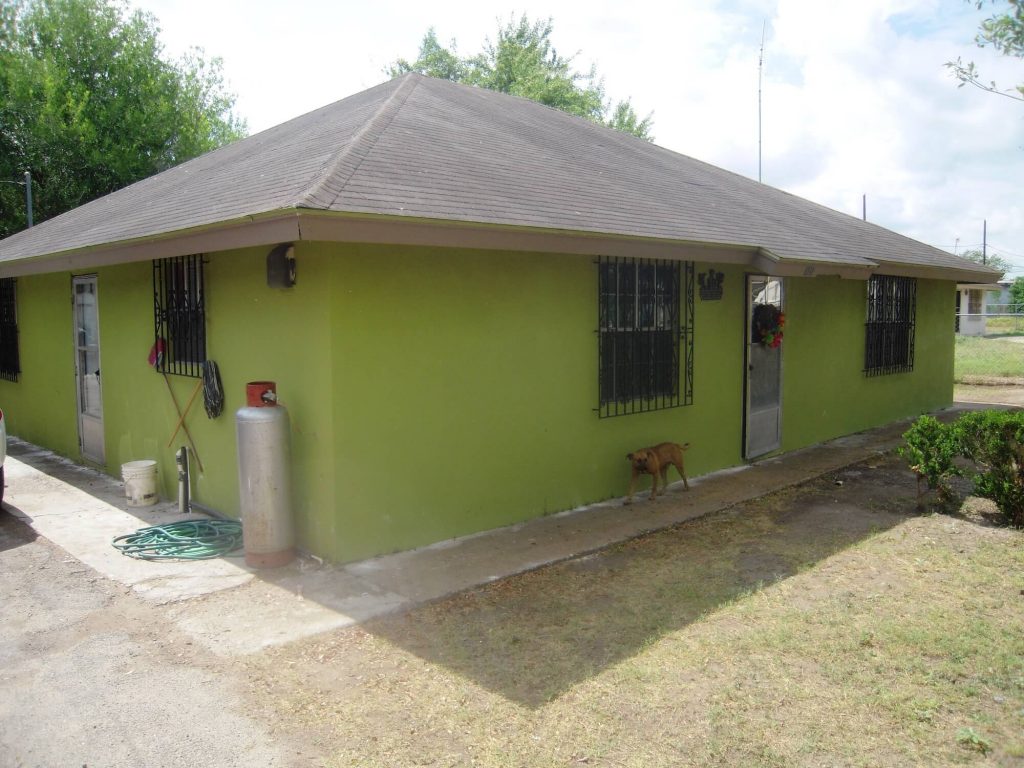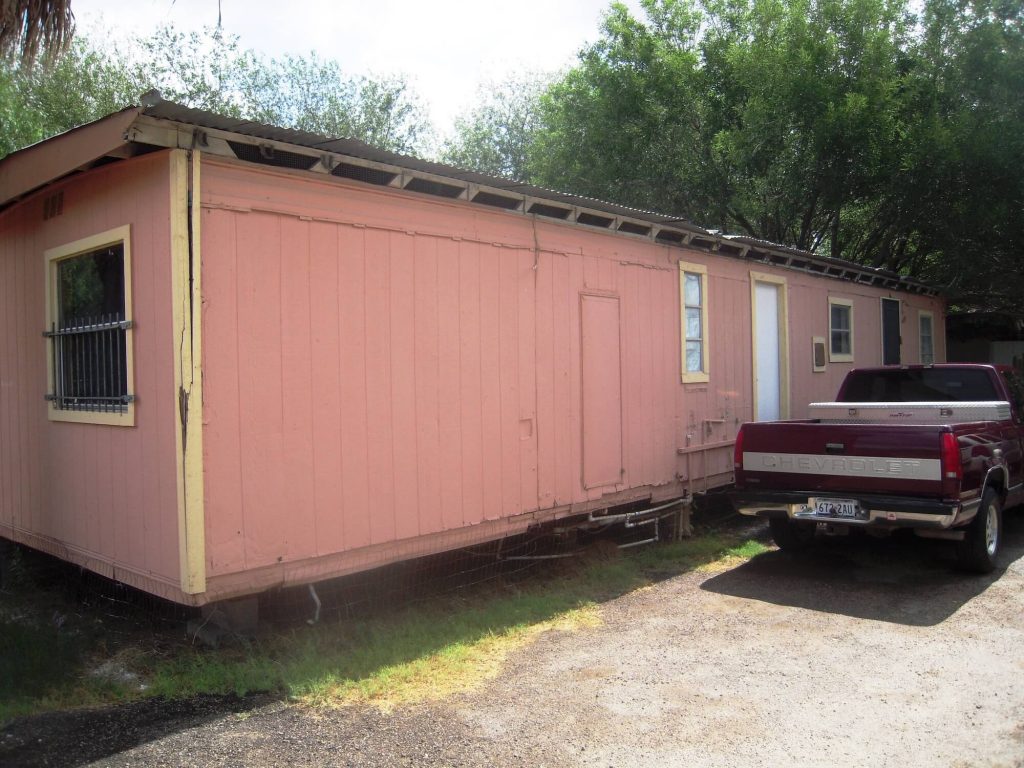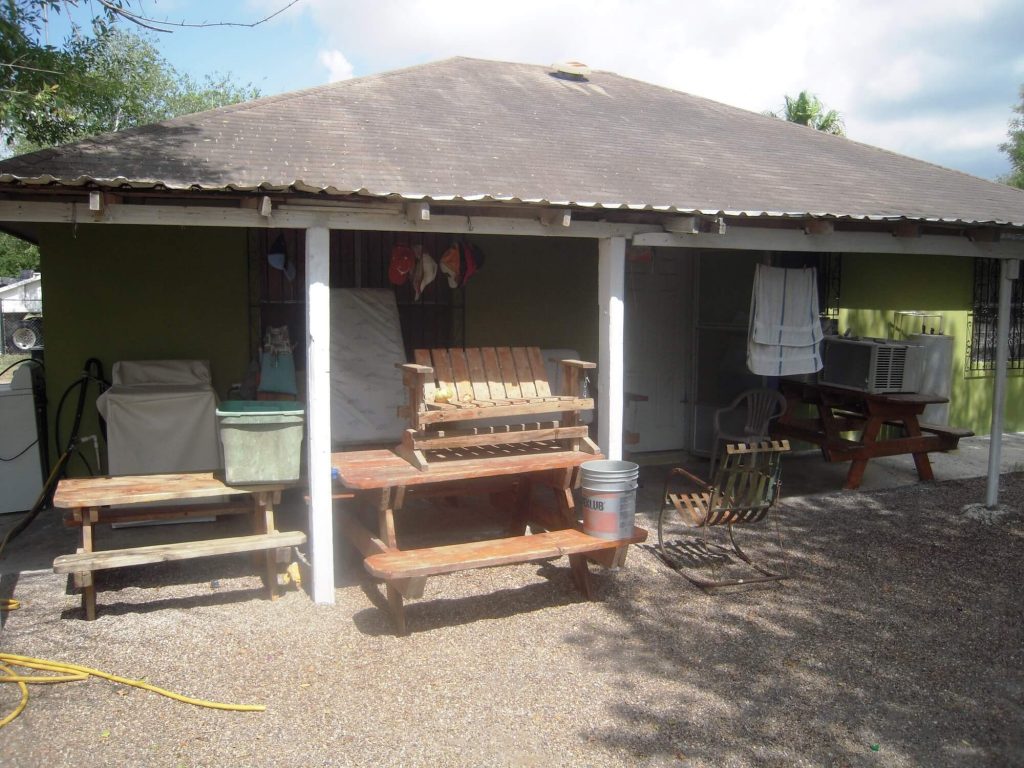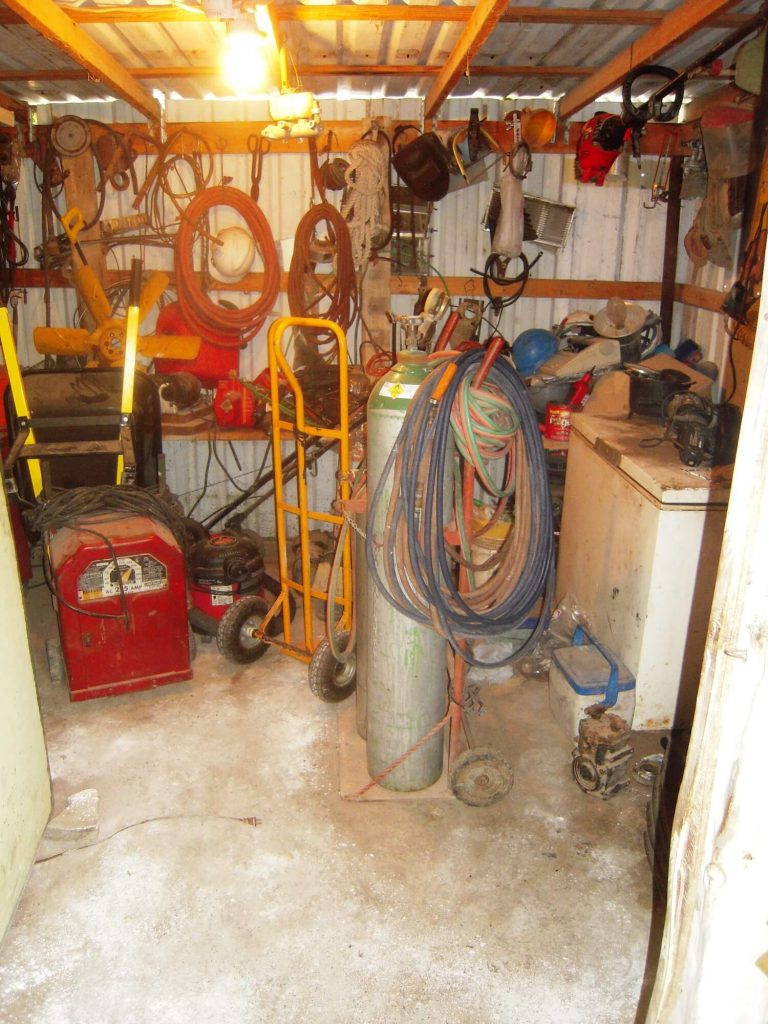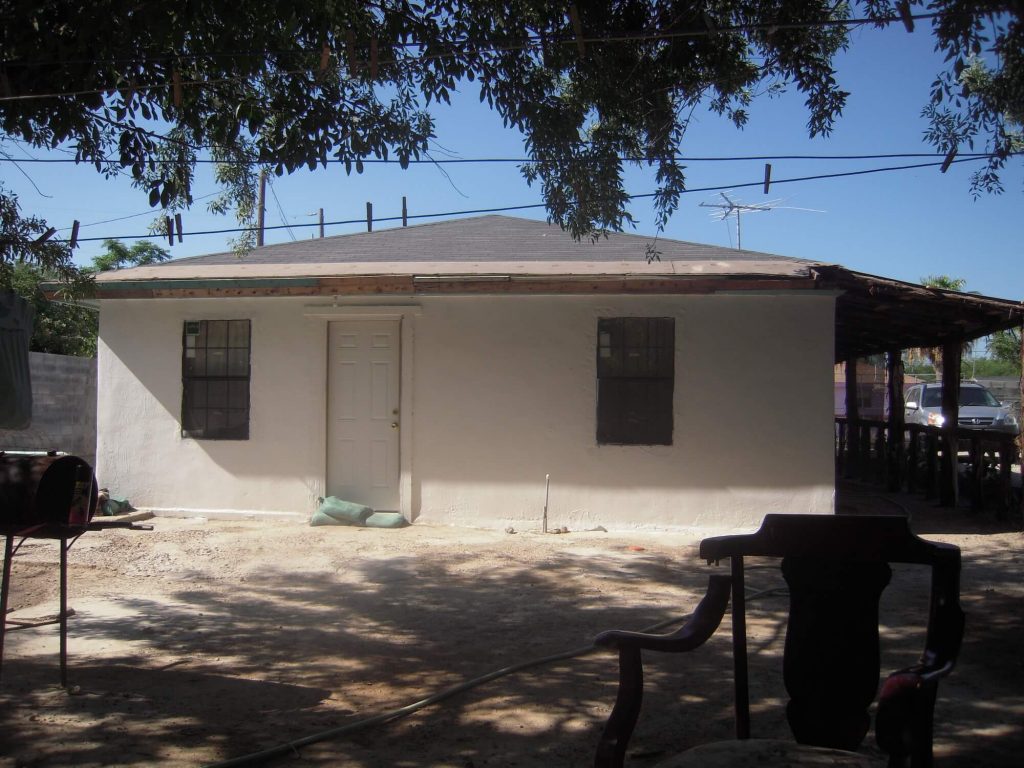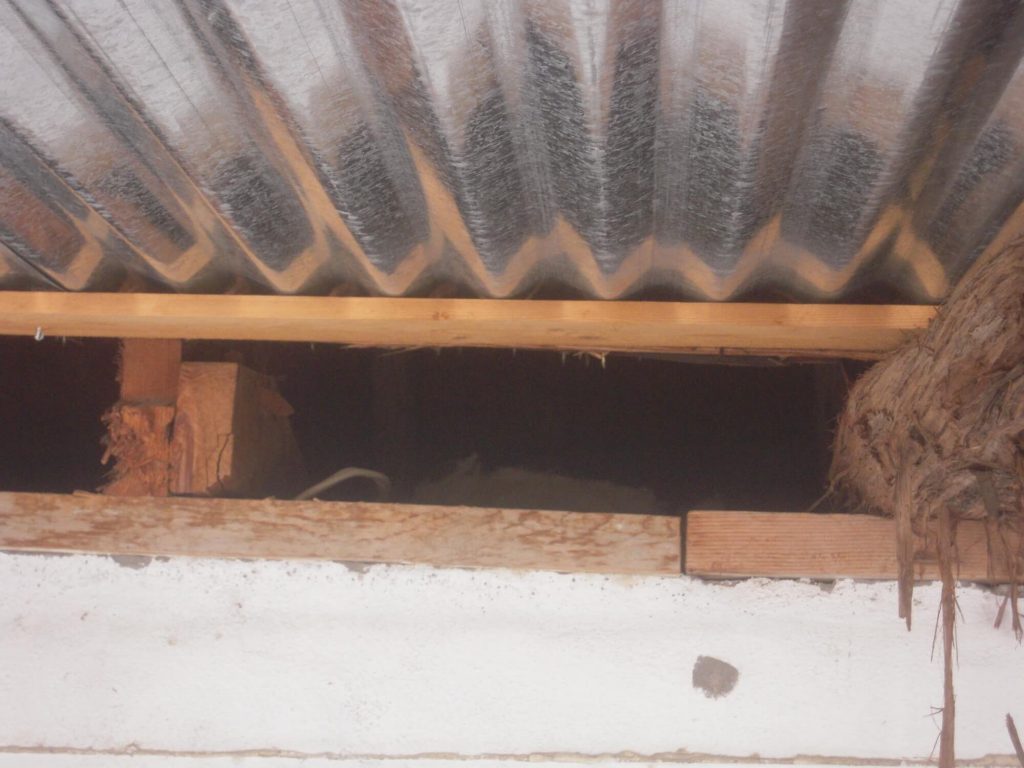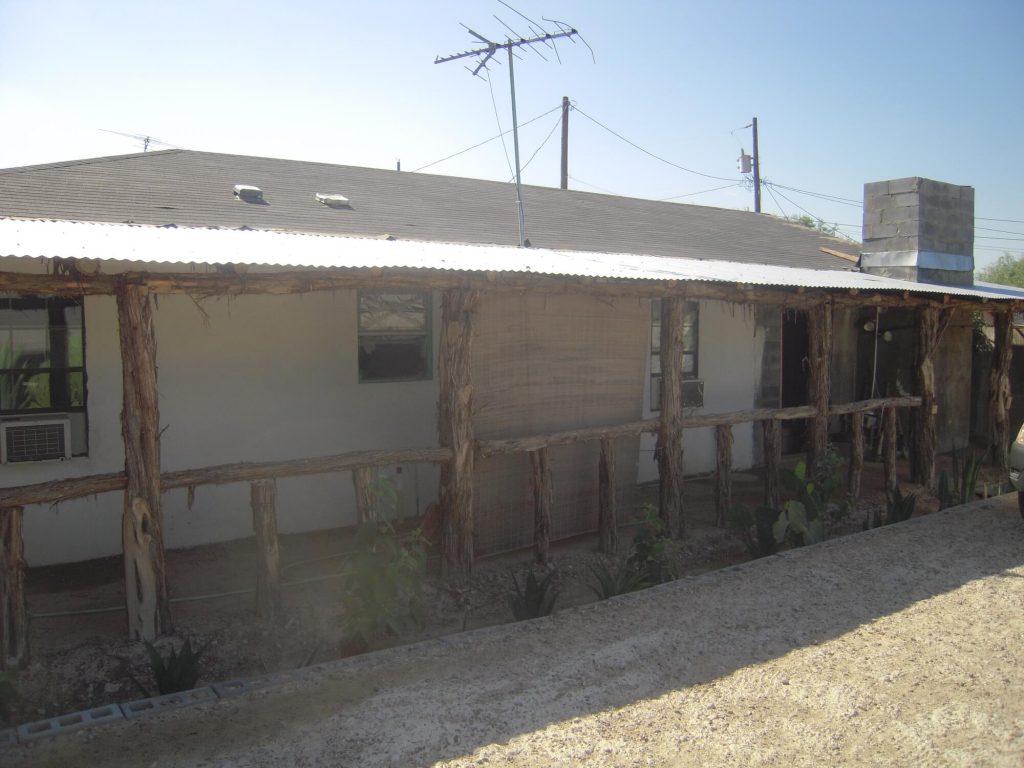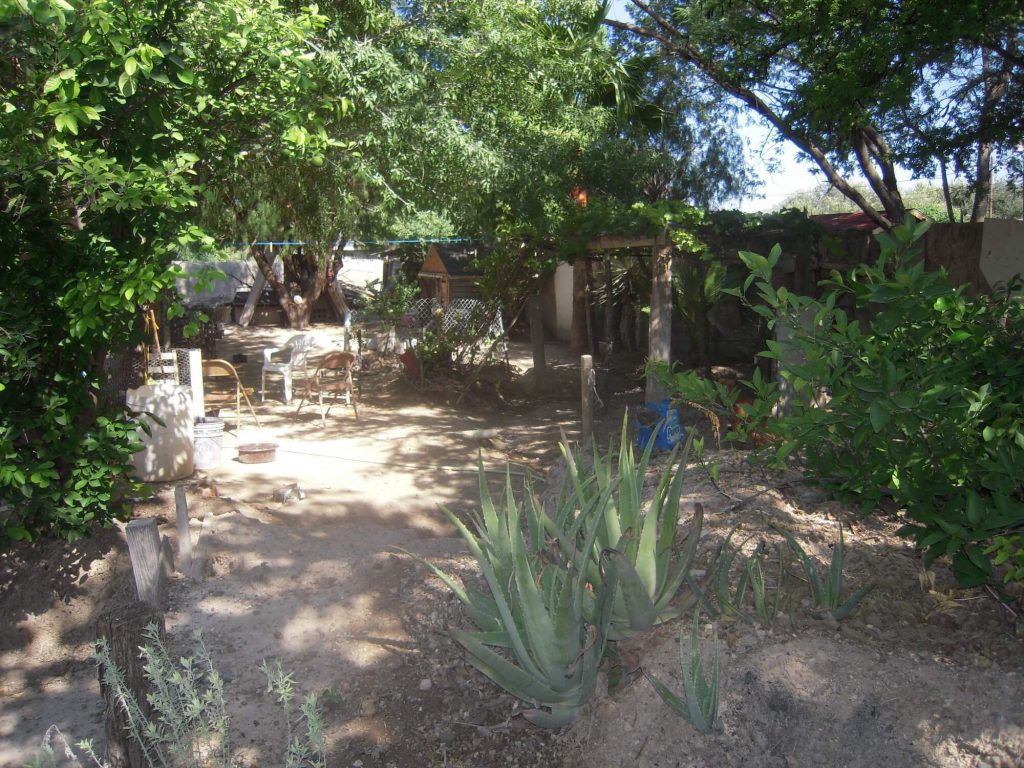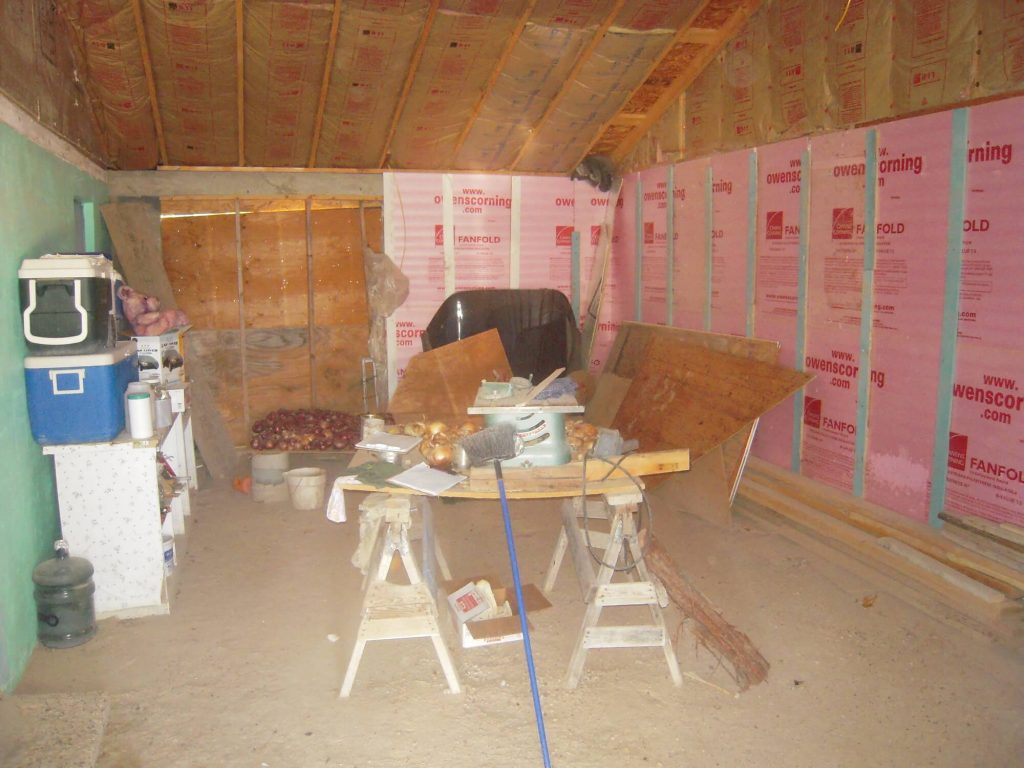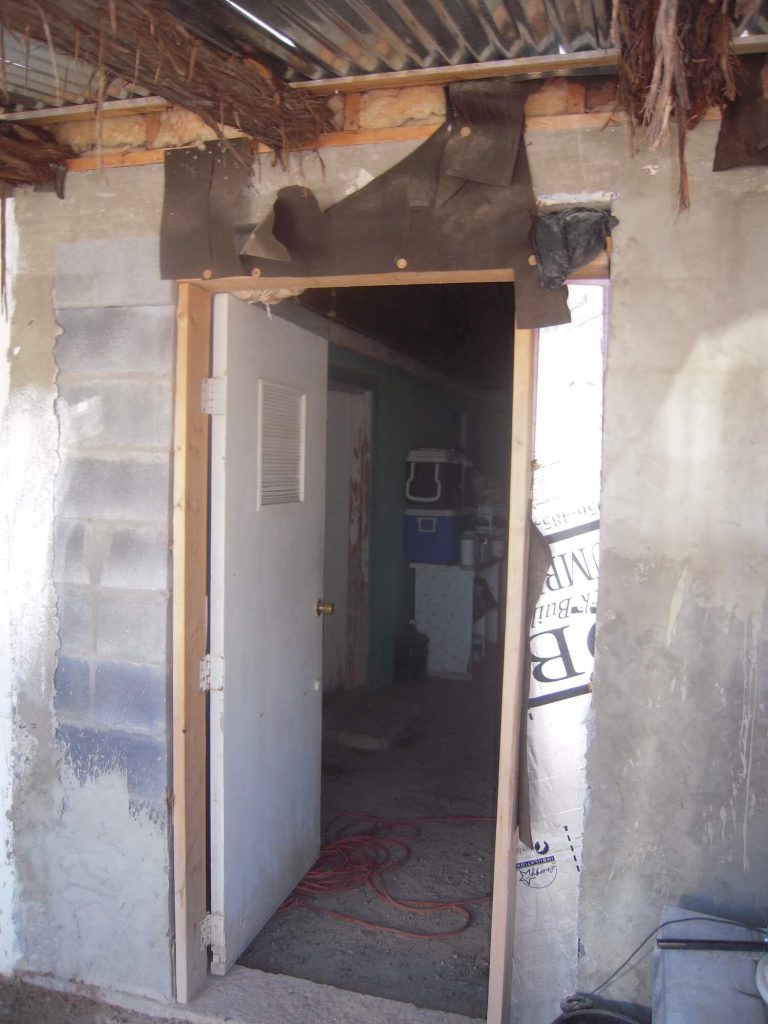The LAHN intensive case study methodology sought to undertake an intensive case study of households living on the lot or in the dwelling, membership of each, the genealogy of the pioneer household and the dwelling buildout over time.
The criterion of what constituted an “interesting case” was defined as selection of a household case that potentially would offer deep insights and understandings about key issues and challenges confronted: such as lot sharing with multiple family members and separate households; renting and subletting; inheritance conflicts and intestacy; remittances and dwelling build-outs; particular physical challenges (e.g. inundations or collapse), etc.
This methodology was also applied to similar studies in Texas colonias. For more details on the methodology, visit the LAHN interesting case studies page. These intensive case studies were undertaken in four colonias outside of Rio Grande City, Starr County Texas. They were drawn from a 2010 ten year follow up survey conducted by Durst and Ward and which built off the CRG Study of 2001-2 (see separate reports and data). The principal researchers were Peter Ward, Noah Durst, Lissette Aliaga and Abigail (a local resident and Texas A&M undergraduate). The main objective of the several intensive case studies was to explore lot sharing between households (parents and adult children); the nature of life course dynamics & household evolution to lot build out and home improvement over time; and to explore planning of asset transfers between generations (inheritance, etc.). All cases are redacted and the names are pseudonyms.

